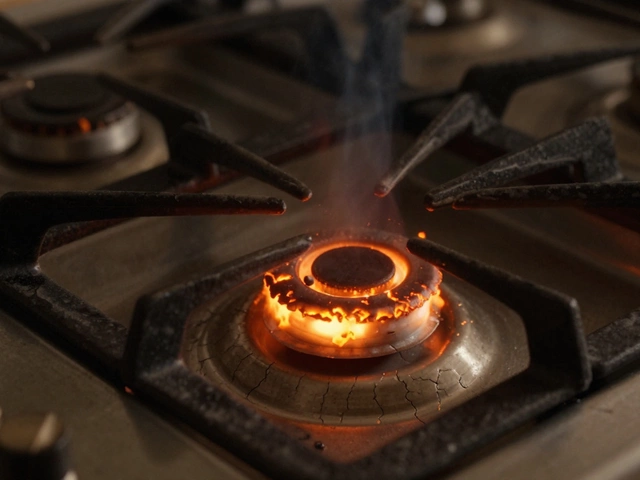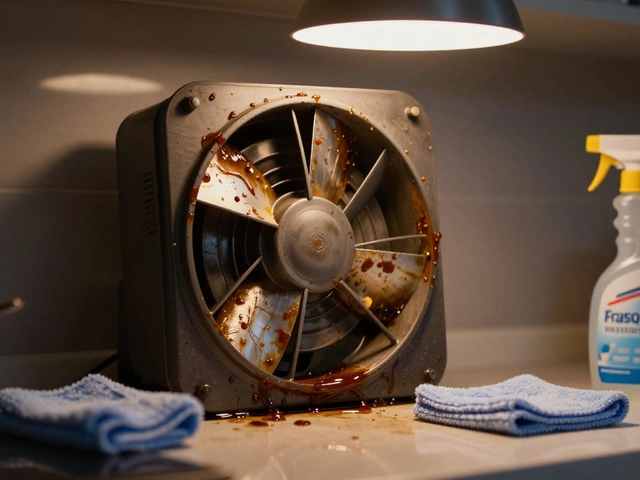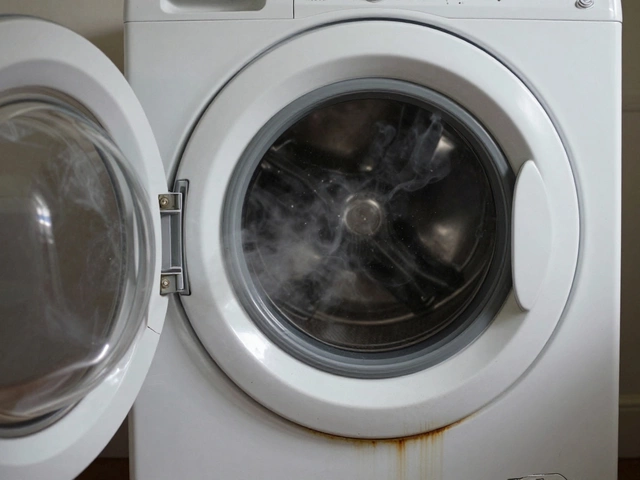Washing Machine Problems: What Goes Wrong and How to Fix It
If your washer suddenly starts making weird noises, leaks, or won’t spin, you’re not alone. Most homes face a washing machine hiccup at least once a year. The good news? Many of these issues are easy to spot and even easier to fix yourself.
Typical Washing Machine Problems
1. Won’t start or fill – Usually a power issue, a tripped breaker, or a clogged water inlet filter. Check the plug, reset the breaker, and clean the small mesh screens inside the hoses.
2. Leaking water – Look at the door seal, hoses, and pump. A cracked hose or a worn‑out door gasket are the usual culprits. Tightening a loose clamp can stop the drip fast.
3. Won’t spin or agitate – This often means the lid switch is broken, the drive belt is loose, or the motor is overloaded. Listen for a humming sound; if you hear it but the drum stays still, the belt is likely the problem.
4. Smelly clothes – Mold loves the warm, damp interior of a washer. Run a cleaning cycle with hot water and vinegar, and leave the door open after each use to dry out the drum.
5. Error codes – Modern machines flash codes for specific faults. Grab your model’s manual or look the code up online; most codes point to a sensor, pump, or drainage issue.
How to Fix Common Issues Yourself
Start with the simplest steps. Unplug the machine, pull it out, and inspect hoses for kinks or cracks. If a hose is damaged, replace it – they’re cheap and widely available.
For a noisy drum, clean out any foreign objects like coins or small garments that may have gotten trapped in the pump or filter. Most washers have a small access panel near the bottom; open it and remove the debris.
If the washer won’t spin, locate the drive belt (usually behind the back panel). Check for wear or looseness; a tight belt should have a little give. Re‑tighten or replace it as needed.
When the door seal looks worn, wipe it clean with a damp cloth. If cracks or tears are visible, buy a new seal kit and follow the step‑by‑step video guide that comes with most kits.
Should you encounter an error code you can’t decode, note the exact pattern of flashes and search it online. Most manufacturers post troubleshooting steps that can save you a service call.
Remember, safety first: always disconnect the power before opening any panel. If a repair feels beyond your comfort level—like replacing a motor or major electronic component—call a professional. Our Weymouth technicians can diagnose and fix any problem quickly, saving you time and preventing further damage.
Regular maintenance keeps problems at bay. Run a hot‑water cleaning cycle once a month, check hoses for bulges, and keep the door ajar to let the interior dry. With these habits, your washer will stay reliable for years.
Got a stubborn issue that still won’t quit? Contact Weymouth Appliance Repair Services today. We offer fast, affordable service throughout the UK and will have your washing machine back in action in no time.
Top Washer Brands with the Fewest Repair Issues
- Alden Wilder
- Nov 21 2024
- 0 Comments
Choosing a washing machine involves looking for models known for their reliability and minimal repair issues. This article explores which brands have earned reputations for dependability according to user reviews and expert assessments. Discover tips on what to look for in a robust washer and how to maintain it. Learn about the most common problems and how they can be avoided or managed. Arm yourself with knowledge to make a smarter, long-term investment in your laundry appliance.
View More


